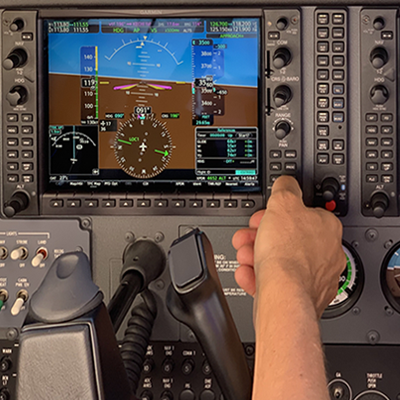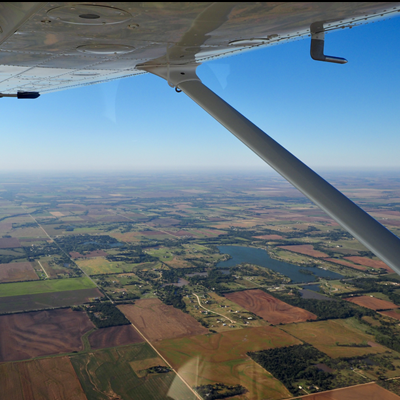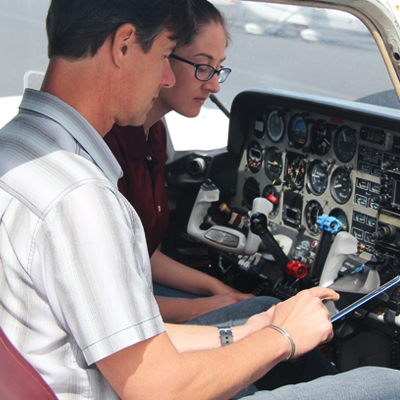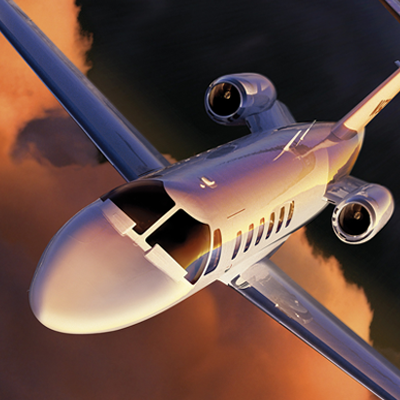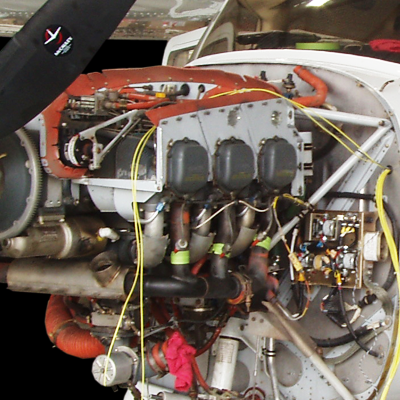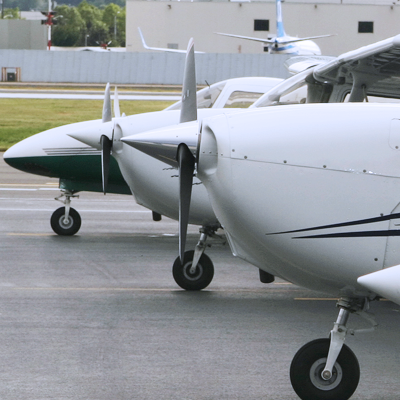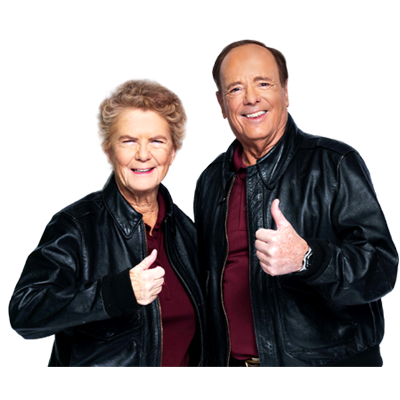MOSAIC for Sport Pilots
The rule separates Sport Pilot privileges from Light-Sport Aircraft in a significant way. Previously, Sport Pilots were only able to fly Light-Sport Aircraft. This is no longer the case.
While Sport Pilots can still fly most Light-Sport Aircraft, a Sport Pilot’s aircraft privileges are now based on criteria that is inclusive of much larger and more capable aircraft, including Cessna 182’s and most Piper Cherokees.
It is important to note that those aircraft do not suddenly become Light-Sport Aircraft, just because a Sport Pilot can fly them. There is no change having to do with their certification, or ongoing airworthiness requirements.
So, the biggest news is that Sport Pilots are no longer limited to flying just Light-Sport aircraft!
Second, pilots holding Private, Commercial or ATP certificates may choose to operate under the Sport Pilot limitations without having a valid FAA Medical or using BasicMed, as long as they hold a valid state-Issued driver’s license. This is big news for recreational flyers and lapsed pilots that would like to return to flying without having to acquire an FAA Medical.
Summary of Changes to Sport Pilot Privileges
| Category | Final MOSAIC Rule |
| Aircraft privileges | In addition to airplanes, gliders, gyroplanes, powered parachutes, weight-shift-control aircraft, balloons, and airships, MOSIAC adds helicopters with simplified flight controls (§ 21.190) |
| Maximum seats | 4 seats for airplanes (limited to 2 persons), 2 seats for other aircraft categories |
| Weight | No limit |
| Maximum stall speed | 59 knots (gear and flaps up) CAS for airplanes, 45 knots CAS for others |
| Maximum airspeed | No limit |
| Engine | No limit |
| Propeller | Manual controllable pitch propeller (with training and CFI endorsement) |
| Landing gear | Retractable landing gear (with training and CFI endorsement); pilots with prior PIC time in such aircraft may continue without additional training (§ 61.331(c)) |
| Additional pilot endorsements available | For simplified flight control designated aircraft, night operations, controllable pitch propeller, and retractable landing gear |
| Medical certificates | Daytime: Valid state-issued driver’s license; Night: BasicMed or FAA medical certificate* (see below) |
*Medical Requirement Notes:
- Some insurance companies may have their own medical requirements in addition to the rules you see here.
- Daytime operations: Sport pilots do not require an FAA medical certificate if they hold a valid U.S. driver’s license (provided no suspensions/revocations and no known unsafe medical condition).
- Night operations: Sport pilots must hold at least a Third-Class medical certificate or meet BasicMed requirements (§ 61.113(i), § 61.23(c)(1)(vi), § 61.329(b)).
- Gliders/balloons: Exempt from medical or driver’s license requirements, but must comply with other subpart limitations.

Summary of Changes for Light Sport Category Aircraft
This rule removes weight limits, increases passenger, fuel, and cargo capacity, enables electric propulsion, and supports faster, higher-performing aircraft:
| Parameter | Final MOSAIC Rule (for LSA aircraft changes, effective July 24, 2026) |
| Aircraft class | No limit |
| Maximum number of seats | 4 seats for airplanes, 2 seats for others |
| Maximum weight | No limit |
| Maximum stall speed | 61 knots (in the landing configuration) CAS for airplanes; 45 knots VS0 for gliders |
| Maximum airspeed | 250 knots CAS |
| Engine | No limit |
| Propeller | No limit |
| Landing gear | No limit |
Notes: CAS = calibrated airspeed; VS0 = stall speed with full flap extension; VS1 = stall speed without liftenhancing devices.

Summary of changes to Light Sport Aircraft Maintenance Responsibilities
This rule expands maintenance privileges to better align with the broader range of aircraft now included under MOSAIC. It allows more flexibility for light-sport and newly eligible aircraft by recognizing both certificated mechanics and qualified repairmen, while maintaining FAA oversight for type-certificated aircraft:
| Area | Final MOSAIC Rule |
| Pilot in Command (PIC) | Retains responsibility for ensuring the aircraft is safe for flight, with expanded emphasis on reviewing maintenance logbooks for compliance. |
| Owner or Operator | Maintains responsibility for keeping the aircraft airworthy and ensuring maintenance is properly logged. Now includes compliance with new lightsport and simplified flight control maintenance standards under § 61.316 and § 21.190. |
| Maintenance Personnel (Light-Sport Aircraft) | Expanded privileges allow additional repairman ratings for new light-sport categories introduced by MOSAIC, including aircraft certificated under consensus standards. |
| Inspections (Light-Sport Aircraft) | Clarifies qualification pathways for inspections on new aircraft classes, including helicopters with simplified flight controls. Expands inspection privileges under new repairman ratings. |
| Training and Certification of Maintenance Personnel | Broadened to align with new aircraft types and simplified flight controls. Adds new endorsements and privileges for maintenance on expanded lightsport categories. |
| Documentation (Logbooks) | Reinforces requirements for proper maintenance entries, including work performed under ASTM standards. Pilots are encouraged to verify logbook documentation as part of their airworthiness review. |

FAQs
I'm a Private or Commercial Pilot; do I need to take another ground school to take advantage of Sport Pilot MOSAIC?
No you do not, there is no training requirement for most of MOSAIC. However, a refresh of the rules is always a good idea. The KING Sport Pilot Ground School & Test Prep Course is a good place to start.
When will the FAA MOSAIC rule be approved?
As of October 22nd, 2025, the MOSAIC rule has taken effect.
Ready to learn how to fly, or knock off some rust?
Love your course guaranteed:
Love your course guaranteed:


